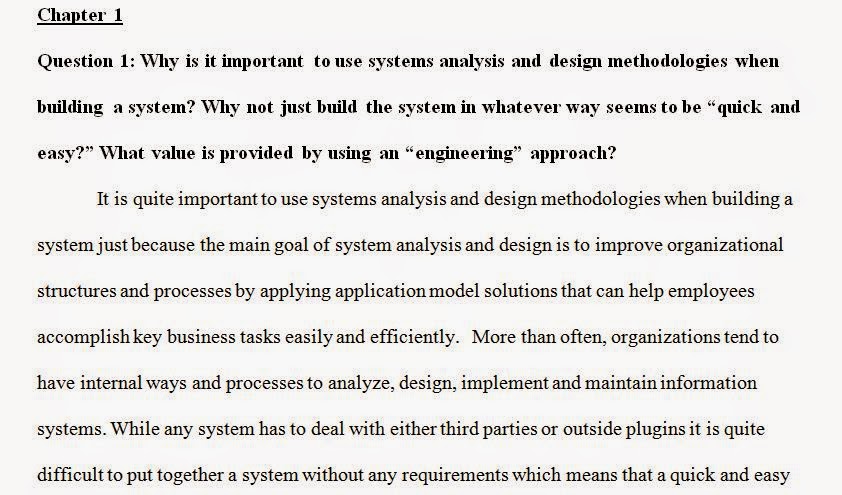Week 1

Download Full Week 1
Week 2
Review Questions
What is a resource?
Why aren't resources assigned to summary tasks?
What is the difference between Start, Prorated and End in association with costs?
Give a real-world example of the difference between a fixed cost and a cost per use?
Why is a fixed cost entered with the task and not the resource?
Why is the resource cost for the Wiring Contractor $0.00?
Which resource is Overallocated and why?
Answers
Week 3
Review Questions
Define effort-driven?
Under what circumstances would you turn off effort driven scheduling?
Use a real-world example of when you would make a task as a Fixed Duration type task?
What is the formula for calculating duration?
What are the eight preset work contours (hint: In the Task Usage view right click on a resource name an open the assignment information box) and what are the procedures in applying them to a resource on a task?
Week 4
Review Questions
What are the three base calendars included in MS Project and what are the default values of each?
What is the difference between a base calendar and a resource calendar?
Why schedule one project meeting after completion of the last task, Test System?
Give an example of when you would assign a 24-hour calendar to a resource.
If you were doing a senior project, what would be the base calendar you would use for students working on the project and what adjustments would you make to it?
Answers
Week 5
Review Questions
What is resource overallocation?
What is resource leveling?
Under what circumstances would you want to manually resolve conflicts?
What would be the caution of adding more resources to a task to resolve resource conflicts?
What would be the caution of rescheduling a task to resolve a resource conflict?
Week 6
Review Questions
What is the difference between a task dependency and a task constraint?
Give a real-world situation when you might used the following task constraints:
What is the importance of a baseline?
What is an interim plan?
Answers
Download Full Week 6
Week 7
Review Questions
Why is it best not to enter a percentage (%) completion?
According to your Project Summary, is this project on schedule? Will you be over or under budget and by how much?
After printing out the Earned Value report, define (you may use MS Project help) the following terms and write in the Total Values of each from your Earned Value Report (Make sure your current date is properly set to 11/11/2013).


























